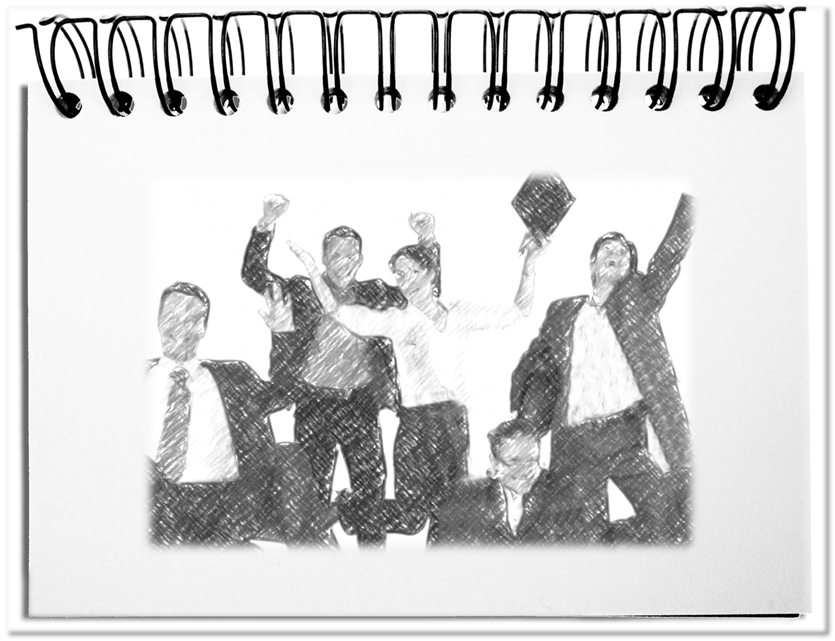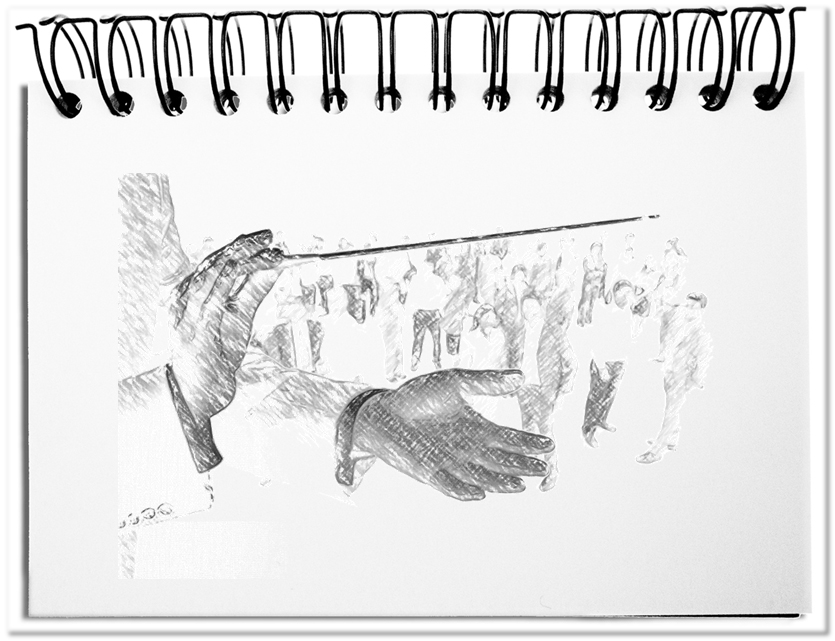The modern workplace is moving. Globalization, information society and digitalization are transforming the working environment powerfully as at the advent of the steam engine. Manual labor shifts globally to where it is the cheapest. The physical values are replaced by informational. Digitalization virtualizes business processes. The remaining jobs provide expensive skilled or precarious less-educated activities. In both cases, the money is no longer sufficient in order to hold the people at work. The management thinks that the workforce desires good remuneration, a safe workplace, promotion and growth, good working conditions, interesting work, compassionate help with personal problems, loyalty to the employees, visible recognition, tactful discipline and active participation. Are these things really what is wanted?
In the following you find some criteria that are relevant for each of us. It is based on these ideas.
- Visible appreciation
The ability to perform is in every employee. Additional amplifiers are praise, acknowledgment and respect. The biggest impact will be achieved, if the appreciation is visible to all. There are always appropriate occasions – at meetings, at the end of a project, at celebrations. - Promotion and growth
Especially the young workforce is motivated by career perspectives, which have a relatively long effect. Staggered programs that take several years increase on the one hand the operational ability and maintain on the other hand the tension. This includes certificates, education with popular coaches, training courses that interest the employees, and ultimately continuous growth through promotion. - Active participation
If the decisions are made over the heads of the employees, this dims their performance. Through employee participation, everyone is shaping the future. This reaches e.g. from capital to profit sharing to the joint designing of workflows and working conditions, like continuous improvement processes, quality circles or the learning organization. Important building blocks are the elements of self-organization – the joint development of the strategy, the structures and the processes, as well as participation in decisions that affect one. - Good working conditions
The working conditions are determined by various factors. The subjective ones are influenced by physical, intellectual, and mental states, which lead to a personal attitude – e.g. positive view, exhaustion, dislike. The factual aspects result from the available technology, the attractiveness of the workplace as well as the official regulations regarding the breaks, flextime or vacation. - Good remuneration
Even if payment does not have a long-term effect, it represents an important basis for employee satisfaction. In principle, the split in fixed and variable remuneration provides an additional motivator in the form of salary, holiday / Christmas money, and bonuses. It is favorable, if the distribution depends to a large extent on the individual performance. “Socialist” levies on the basis of total success, without consideration of the personal contribution, rev the individual not so much up. - Compassionate support with personal problems
The most important relationships in everyday life are found in the work environment. This leads to the fact that personal problems are becoming visible over time. If the company offers a trustworthy environment that allows the employees to get advice in case of personal problems, to receive support from the supervisor or even from the HR department, then the workforce is intrinsically committed to the company. - Interesting work
Interesting tasks are especially encouraging for the particularly powerful employees. For this purpose, the challenges should fit with the interests of the individual, have a certain degree of difficulty or promise additional status. In conjunction with visible recognition, the employees are motivated for a long period of time. - Loyalty to employees
Active employee retention measures ensure loyalty. For this, you only need fair basic conditions, an open communication culture, backing and, for example, a visible appreciation. Poor personnel management is a central reason for the lack of loyalty. If the company does not realize this loyalty loss, they are surprised by the termination of the employee. - Safe workplace
Jobs will be safe, if you remain physically and mentally without harm and the place, where you work, is not dangerous. The potential threats of the workplace are overshadowed by the danger of not having one. The flexibilisation of the working world has become possible due to powerful IT programs. The simplified selection and administration of personnel has opened the door for flexible working hours and diverse types of employment. The results are precarious jobs, part-time work and increasing fluctuation. - Perceived self-efficacy
The freedom that is available for improving the work creates the self-efficacy that motivates to collaborate. As soon as you make intrinsically changes and prioritize the necessary tasks, you take ownership of the improvement. The necessary self-discipline and the respect for each other determine the working environment decisively.
Bottom line: What is wanted in the working day is once again moving. Today’s attitudes challenge tightly organized companies. The workforce wants visible recognition, active participation, compassionate help with personal problems, a safe workplace, good compensation, interesting work, promotion and growth, loyalty to the employees, good working conditions and tactful discipline. The different understanding of what the workforce really wants is reflected in the different prioritization of the management (see in the first section) and the employees (see in this paragraph), e.g. the importance of an interesting work, active participation, or the desire for compassionate support with personal problems. Once the executives take into account what is wanted, the company’s performance will increase – see more here !!


